- News
- Reviews
- Bikes
- Accessories
- Accessories - misc
- Computer mounts
- Bags
- Bar ends
- Bike bags & cases
- Bottle cages
- Bottles
- Cameras
- Car racks
- Child seats
- Computers
- Glasses
- GPS units
- Helmets
- Lights - front
- Lights - rear
- Lights - sets
- Locks
- Mirrors
- Mudguards
- Racks
- Pumps & CO2 inflators
- Puncture kits
- Reflectives
- Smart watches
- Stands and racks
- Trailers
- Clothing
- Components
- Bar tape & grips
- Bottom brackets
- Brake & gear cables
- Brake & STI levers
- Brake pads & spares
- Brakes
- Cassettes & freewheels
- Chains
- Chainsets & chainrings
- Derailleurs - front
- Derailleurs - rear
- Forks
- Gear levers & shifters
- Groupsets
- Handlebars & extensions
- Headsets
- Hubs
- Inner tubes
- Pedals
- Quick releases & skewers
- Saddles
- Seatposts
- Stems
- Wheels
- Tyres
- Health, fitness and nutrition
- Tools and workshop
- Miscellaneous
- Cross country mountain bikes
- Tubeless valves
- Buyers Guides
- Features
- Forum
- Recommends
- Podcast
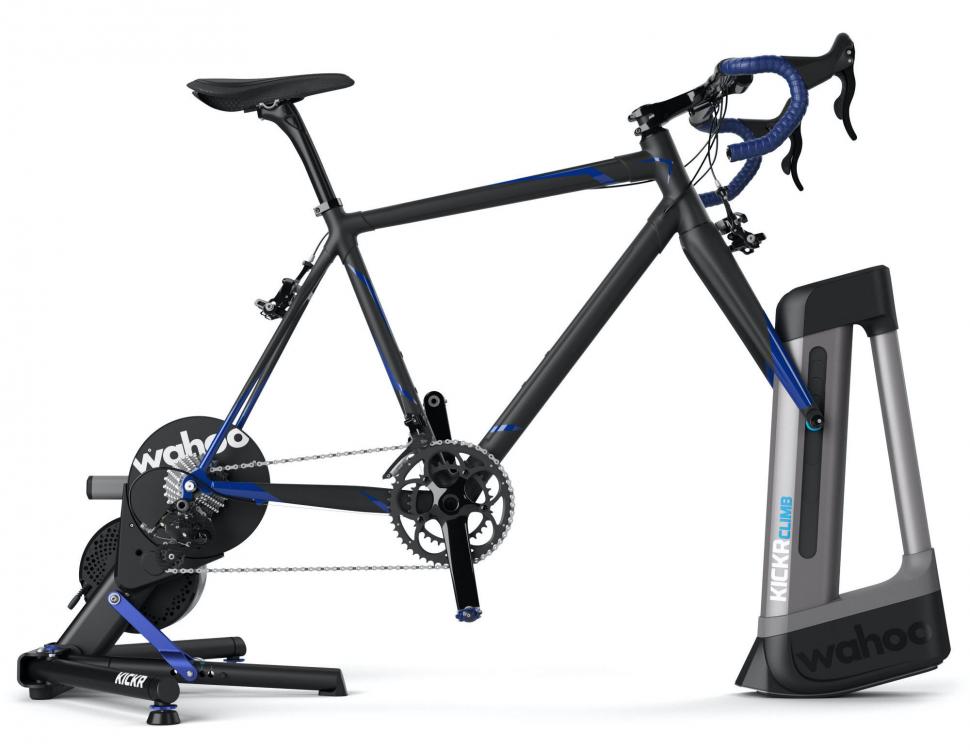 wahoo kom
wahoo kom10 Top cycling tech trends of the last 10 years: electronic gears, disc brakes, 1x – a lot has changed since 2010
What a decade it has been! Bike design and product innovation have gone through the biggest revolution in perhaps the history of the bicycle. At the beginning of the decade we were riding skinny tyres with rim brakes and 10-speed drivetrains and carbon frames were the preserve of the rich, but now it’s electronic and wireless gearing, hydraulic disc brakes, affordable power meters, smart indoor training and mass-manufactured carbon make. Truly there has never been a more exciting time to be a cyclist.
Not every innovation or tech development has stood the test of time though, and we’ve endured a few terrible products in our time testing bikes and equipment (SpeedX anybody?), but thankfully it’s easy to forget those and instead focus on the innovations that have made cycling better, whether it’s faster, more comfortable, accessible or just plain better for all. By and large, many of the worst cycling innovations came much earlier, the 90s and early 2000s being a particularly ripe period for pushing the envelope too far.
Casting our mind back over the last decade has not only made us feel old, but it’s allowed us to take a moment to appreciate just how much bikes have improved and how good we have it now. And it makes us wonder what the next decade might bring for us.
1. Endurance bikes focused on comfort
Perhaps the biggest change to the road bike has been the creation of the sportive and endurance bike, a category largely popularised by Specialized with the launch of its Roubaix way back in 2004. This was a bike based on a road race bike but with an emphasis on comfort, from the relaxed geometry to the Zertz inserts, small pieces of plastic added to the fork and frame to absorb vibrations.
It opened the floodgates to a swathe of similarly styled endurance bikes, and a few manufacturers have introduced some quite radical technology aimed at smoothing rough roads. Many of these bikes were also developed, tested and raced on the pave of Paris-Roubaix, a brutal testing ground for any cycling equipment. The pros benefit from increased control and reduced fatigue and normal cyclists benefit with bikes that are more comfortable on poorly surfaced roads.
It’s for that race that Trek developed the original Domane launched in 2012, with input from the master of the cobbles himself, Fabian Cancellara. Key to the bike was the IsoSpeed decoupler which separated the seat tube from the top tube and allowed it to flex backwards in a controlled motion to let the saddle move during a big impact.
Bianchi developed a special carbon fibre layup incorporating CounterVail Vibration Cancelling Composite Technology that was designed to deal with vibration from the road. It launched in the Infinito CV endurance bike in 2013. The CounterVail tech comprised a viscoelastic material embedded within the bike’s carbon layup and claimed to provide 75% more vibration-cancelling capacity than other carbon frames.
After pushing its Zertz inserts for many years, they were eventually confined the history books with the introduction of Future Shock in 2016. The company developed a sprung cartridge that is positioned in the top of the head tube and it was designed to provide 20mm of suspension focused on isolating the handlebars, and thus the body of the cyclist, from impacts coming through the front wheel. This new design Roubaix is now in its second generation and the Future Shock has been further refined.
Showing you don’t need special gizmos, Cannondale launched the updated Synapse in 2013 into the then growing endurance bike category with a carbon fibre frame with what it dubbed “micro-suspension” and comprised carbon layup to deal with small vibrations, the shape of the fork and stays to deal with bigger forces, and then a skinny seat post and specially shaped seat tube to handle the really big stuff.
2. Indoor cycling and Zwift
If you had told me 10 years ago that indoor training would become hugely popular with e-racing getting a national title, I’d have probably laughed in your face. Not anymore; indoor cycling has been a huge trend in the past handful of years.
Gone are the days of a rusty old basic turbo trainer with an old road bike set up in the garage – used for only disgustingly painful interval sessions with old episodes of the Tour de France playing in the background. Indoor training has gone huge!
The development of smart trainers, with integrated power meters and wireless protocols enabling them to be controlled by a computer, and the brace of online training platforms like Zwift, TrainerRoad, Sufferfest et al have led to a radical revolution in indoor cycling.
Now it’s not just something you do out of necessity, but you choose to do as an alternative to cycling outdoors.
Zwift, in particular, has been responsible for providing a virtual world that makes indoor cycling interesting and exciting, with races, training events, workouts and global ride-outs, bringing a social element to the once solitary experience of cycling on a trainer.
3. Wide tyres
The trend for wide tyres has been a readily embraced one. Go back 20 years and most race bikes had skinny 20-23mm tyres inflated to 100-120psi because it was long believed that narrow and hard was faster
But tyre testing showed that wider tyres inflated to lower pressures actually offered lower rolling resistance, with side benefits including increased traction and cushioning. With many more cyclists less interested in slogging around a race circuit and instead focused on long rides with comfort a priority, and aided by the worsening state of the roads, and wide tyres took off in a big way over the last decade.
Even pro peloton has reluctantly adopted wide tyres with 25 -26mm widths commonplace on the start line of a World Tour race.
4. Easier gears
Groupsets have evolved from 10-speed a decade ago to 12 and 13-speed now, but the biggest transformation to the groupset has been the ratios. Generally, gears have gotten smaller making cycling more accessible to people who don't have the fitness of Chris Froome for getting up hills.
Chainsets have shrunk. The compact (50/34t) all but killed off the triple chainset over a decade ago, and the semi-compact (52/36t) introduced since then has threatened to do the same to the compact as it neatly splits the difference between a standard and compact chainset. Who remembers Tyler Hamilton using a compact chainset in the 2003 Tour de France?
Cassettes meanwhile have got much bigger. In the olden days, you might have an 11-21 or 11-23t if you were lucky, which would make getting up mountains a serious challenge. Cassettes gradually increased in size as cycling got more popular through the mid-part of the decade, particularly after the 2012 London Olympics, so you didn't need superhuman powers to turn the lower gears.
The result is that as we near the end of the decade we have 11-28 commonplace in the professional peloton whilst outside it 11-30 to 11-34t are common cassette choices, especially on endurance road bikes. Truly, getting up hills and mountains has never been this easy.
5. Electronic gearing
Okay, so Mavic tried it years earlier, but Shimano really nailed it with Dura-Ace Di2 7970 in 2009, and though a year before this decade kicked off, its success has been set in stone over these 10 years. I remember the critics calling electronic gears unnecessary following the launch, but now electronic groupsets are hugely popular with consumers and completely rule the professional peloton (admittedly, the pros are encouraged to use electronic groupsets by their sponsors).
Shimano utterly dominates the road bike market and its Dura-Ace Di2 groupset is now in its third generation. It was joined by Ultegra Di2 bringing electronic groupsets to a wider market. As yet Shimano has no plans to offer a 105 Di2 groupset. Dura-Ace Di2 is the most popular groupset in the professional peloton.
Campagnolo followed suit in 2011 Super Record EPS (Electronic Power Shift), though it was largely rumoured to have been working on electronic groupsets for a good few years before it finally launched. A 12-speed version followed recently. Campagnolo has little presence on the showroom floor compared to Shimano, largely the preserve of very expensive bespoke bikes.
SRAM joined the party with Red eTap, a wireless groupset in 2015. It has since been replaced by Red eTap AXS, a 12-speed groupset with a radical rethinking of gear ratios focused on providing increased range and smoother gear progressions, based around a cassette with a 10t sprocket and smaller chainrings.
6. 1x threatens the front mech
Against that backdrop of evolving groupsets, there’s been a big trend towards single-ring drivetrains that do without the front mech. Commonly called 1x (pronounced one-by) it was popularised by SRAM with the launch of CX1 in 2014.
It essentially brought a technology that at the time was catching on fast in the mountain bike world, by coupling a smaller single chainring to a wide-range cassette. It also borrowed specially shaped narrow and wide chainring teeth profile and a rear mech with a clutch-style mechanism that helped with chain retention in the absence of a front mech.
At launch, CX1 was a 10-speed groupset with an 11-32t biggest cassette aimed at cyclocross racers, but Force 1x soon followed with a jump to 11-speed and the introduction of a massive 10-42t cassette (along with a new freehub standard) that has gone on to be a vital ingredient of mixed terrain gravel and adventure bikes.
- Is the front mech dead? Is there a future for the front derailleur on modern road bikes?
7. Aerodynamics for everyone
There have been some big trends in road bike design over the years, from the introduction of new frame materials like aluminium, titanium and carbon fibre, a battle for the lightest frame that led to the UCI bringing in a minimum weight limit for professional racing bicycles, and the rise of sportive and endurance bikes that distil the essence of a race bike into a more comfort-focused and usable road bike for mere mortals.
- Lightweight v aero: which is best?
But it’s the rise of aerodynamics design that has been having the biggest influence. Time trial bikes brought the idea of aerodynamics to the fore, most famously with Greg LeMond’s Tour de France victory in 1989 thanks to a riding position perfected in a wind tunnel and a rear disc wheel, aero helmet and Scott clip-on aero bikes. He won the race by 8 seconds.
The art of reducing drag has become a huge influence over the design of road race bikes. Cervelo and Felt were both at it years earlier but in 2011 the big bike brands cottoned onto the idea, with the likes of Scott launching the Foil and Specialized launching the McLaren Venge.
Since then just about every performance-minded brand has gone on to develop an aero bike, especially those with professional cycling interests. Even the Trek Madone, once a bike focused on low weight, was given an aerodynamic makeover, and late to the party was Cannondale with its SystemSix launched just a year ago. Better late than never though, eh!
- 18 of the best and fastest 2019 aero road bikes — wind-cheating bikes with an extra turn of speed
8. Tubeless takes off
Early bicycles tyres were solid rubber before thankfully the pneumatic tyre was invented and John Boyd Dunlop introduced a tyre with a leather hose pipe as an inner tube and the tyres were first used in a bicycle race in 1889. The rest, as they say, is history.
In 1999 Mavic create the first tubeless system for bikes. It was very quickly adopted by mountain bikers because it prevented a lot of punctures from either thorns and rocks slicing through the tyre and inner tube, or pinching the inner tube between the rim and ground on heavy landings.
Tubeless came to the road market in 2006 when Hutchinson and Shimano teamed up to produce a road tubeless standard but despite a lot of interest, it was slow to catch on. In the years since it’s been a confusing hotchpotch of different standards and compatibility issues, with some brands getting fully behind it like Schwalbe and others refusing to go anywhere near it.
In the last five years though it has gotten a lot more popular, spurred on by the development of endurance and gravel bikes, the trend for wide tyres and disc brakes. More brands than ever now offer tubeless options. Most wheels are either tubeless-ready or easy to convert, and there’s a lot more choice when it comes to choosing a tyre. In 2019 both Continental and Michelin have finally developed a tubeless road tyre.
And there’s talk of a unifying standard being introduced for tubeless tyres and wheels that could make compatibility woes a thing of the past.
9. Hydraulic disc brakes
Rim brakes have ruled the road bike market since they were invented, but arguably the most controversial development in the road cycling market has been the disc brake. While mountain bikers were quick to adopt hydraulic disc brakes for their superior stopping power, roadies were quite happy with their rim brakes thank you very much.
Colnago and Formula were showed one of the first road bikes with hydraulic disc brakes in 2012, and a year later Shimano entered the fray with its first road disc brake groupset. It was essentially a slimmed-down mountain bike brake and launched at Ultegra level since disc brakes weren’t allowed in competition.
Traditional road racing cyclists probably still don’t see the need for disc brakes, but for normal cyclists who ride for leisure on crappy roads through all conditions, the improved braking performance has seen disc brakes be readily adopted.
Every significant bike launch towards the end of the decade was focused on the adoption of disc brakes, with some brands even going as far as completely dropping rim brakes - Giant’s Defy endurance bike was launched in 2015 designed solely around disc brakes.
10. Gravel and adventure bikes
Roadies discovering the joys of off-road riding has been one of the surprising trends of the last decade. Gravel racing kicked off in the US in the last decade with riders using modified road and cyclocross bikes to race in events like Dirty Kanza, pitting riders against unpaved roads over very long distances. It proved popular and the bike industry, ever-present to a new trend to exploit, embraced it and it is the hottest trend in cycling right now.
Salsa was one of the first brands to develop a gravel race-specific bike with the Warbird in 2013 but Specialized and GT quickly followed with the launch of the Diverge and Grade respectively a year later. Now just about every bike brand has a gravel bike in their collection, and the Diverge is onto its third generation and the Grade is on its second update.
And a funny thing happened. Although these were bikes inspired by gravel racing events, they had a far greater appeal due to the wide tyres, disc brakes, stable geometry and extra versatility that was added with a slew of eyelets for racks and mudguards and extra water bottles. Cyclists soon realised these made great bikes for tackling badly surfaced roads on the daily commute or weekend ride, opened up off-road riding to road cyclists that missed the mountain bike boom of the 90s, and were just a lot of fun to ride.
There’s still a lot of scepticism towards gravel, and with hindsight, the name which has come to define this category of bike isn’t the most suitable, but just like mountain biking isn’t the best name for knobbly tyred bikes, the name has stuck and it’s reasonable to say that most people now know what these bikes are designed for. And that’s just about anything you want it to be.
Add into the mix of the rise of bikepacking and long-distance unsupported riding with events like TransContinental, and we have the perfect storm for gravel and adventure bikes being the bike of the moment.
And some innovations and products that didn’t catch on
It might seem like it was only good things that happened since 2010, and thankfully there haven't been many massive tech trend dead ends or products that failed spectacularly.
Most of the big innovation blunders happened before this decade commenced. During the 90s and early 2000s carbon fibre was is in its infancy and frames and wheels would snap on a fairly regular basis, forcing the UCI to come up with its famous 6.8kg weight limit.
The bike brands quickly got a handle on mass manufacturing carbon fibre, thanks to the investment by big carbon manufacturing companies in China and Taiwan and just greater understanding of the material and how to work with it. It made carbon fibre bikes not only safe but also relatively affordable.
For a brief while it looked like carbon fibre might be usurped by graphene with the promise of crazy light 350g frames stealing headlines everywhere. Graphene was discovered by Manchester University boffins and appealed to weight-obsessed cyclists because it came with claims of being 100 times stronger than steel and five times lighter than aluminium. Alas, graphene has not yet come to market in any meaningful way.
But absolute duds? Thankfully there haven’t been many to report on, but there are a few products and tech trends that never delivered.
Integration has become a key buzzword and many aero road bikes are good examples of this, but we’ve also been promised the integration of electronics to make bicycles smart, with Canyon, Factor and SpeedX all promising and failing to deliver. We yet might see more electronics coming into cycling and don't discount more efforts to harmonise the powerful smartphone in our pockets with our bikes to unleash a world of potential benefits. Possibly...
We’ve also had persistent developers of smart helmets and indicators but the cycling public has largely shunned these as been the pointless products they are. Whatever you do, don’t get John Stevenson started on indicators.
I had high hopes for the SRAM Hammerschmidt for a brief while, a two-speed crankset utilising planetary gears did away with the front mech and make the bike much cleaner. Gear hubs have bubbled away in the background ready to step up and replace the derailleurs, but they’re still confined to the commuter market.
What have been your tech highs and lows from the last decade?
David worked on the road.cc tech team from 2012-2020. Previously he was editor of Bikemagic.com and before that staff writer at RCUK. He's a seasoned cyclist of all disciplines, from road to mountain biking, touring to cyclo-cross, he only wishes he had time to ride them all. He's mildly competitive, though he'll never admit it, and is a frequent road racer but is too lazy to do really well. He currently resides in the Cotswolds, and you can now find him over on his own YouTube channel David Arthur - Just Ride Bikes.
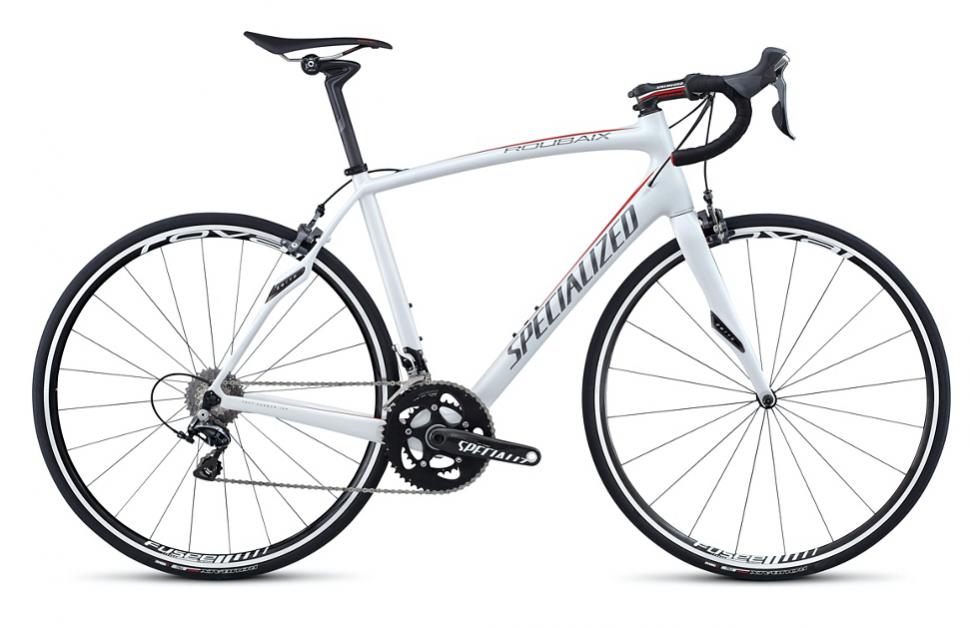
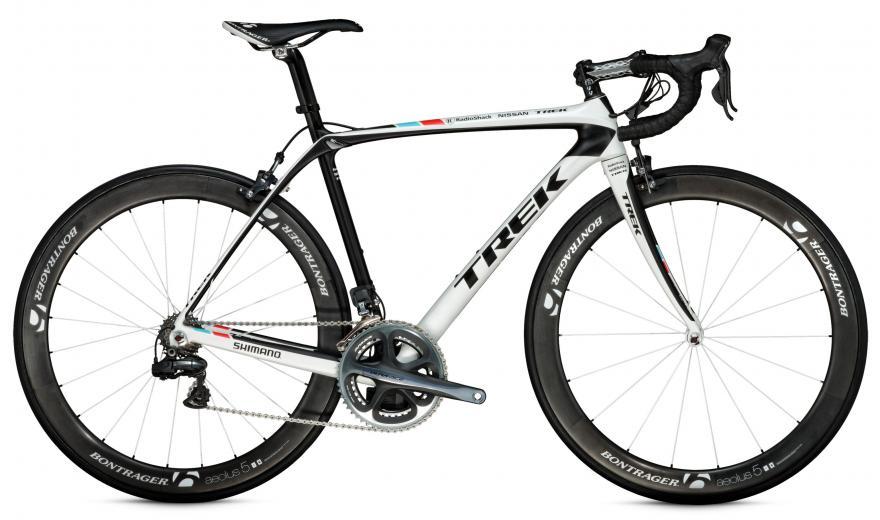
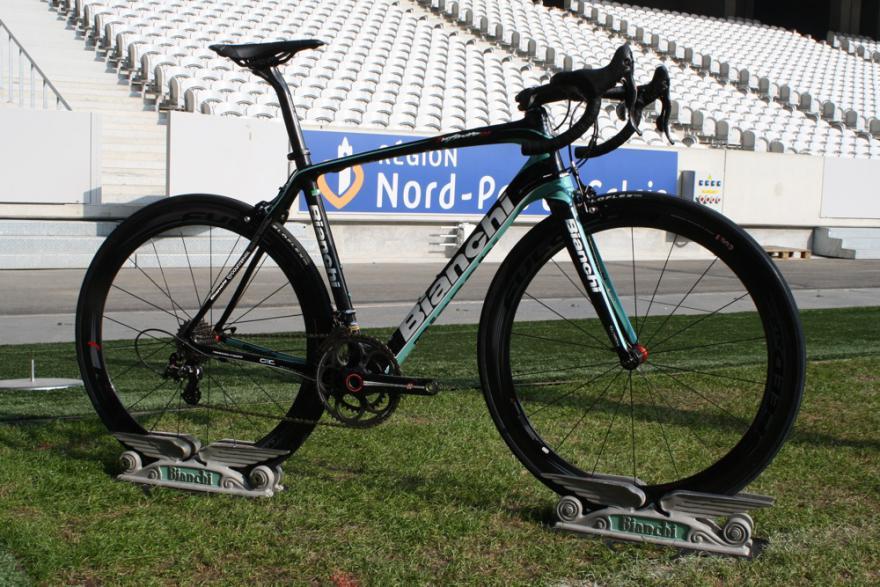
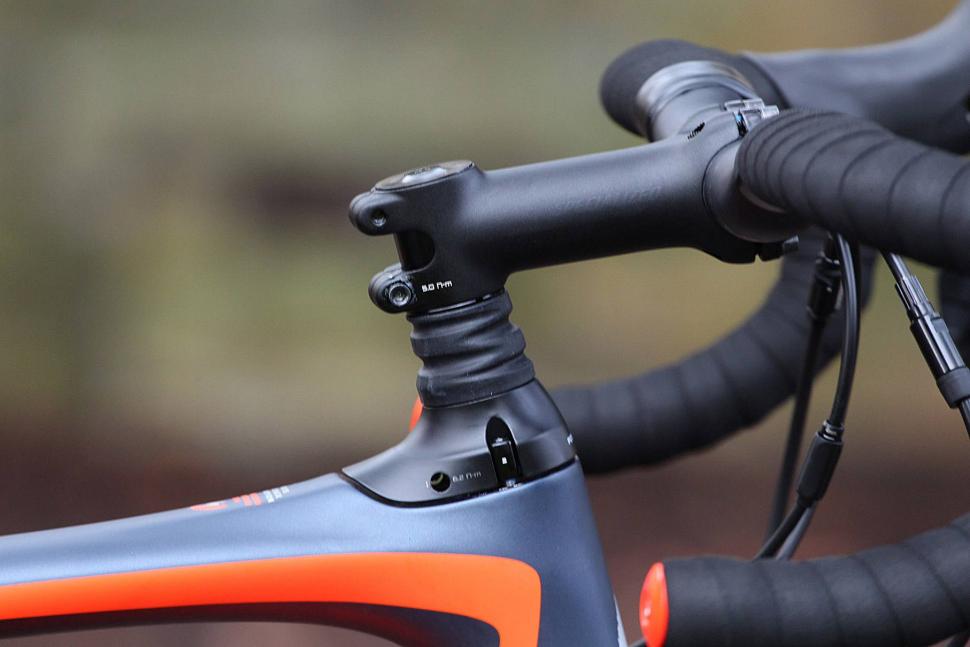
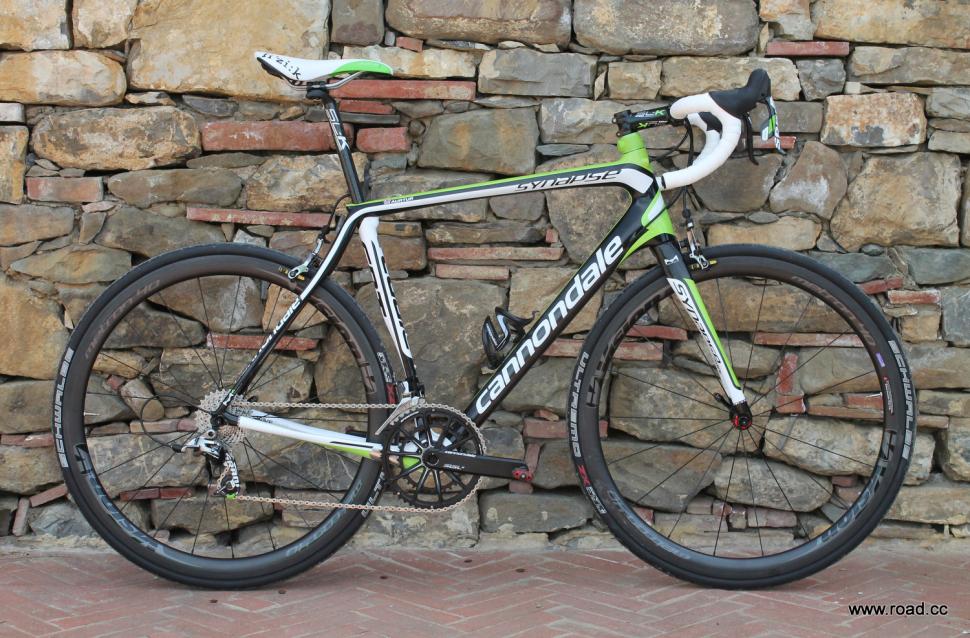
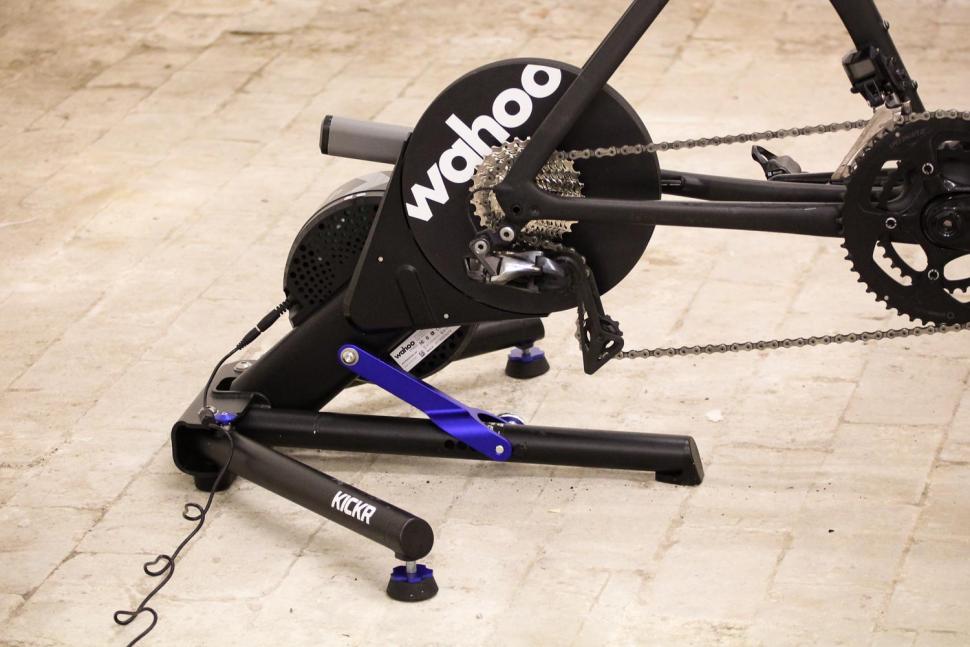


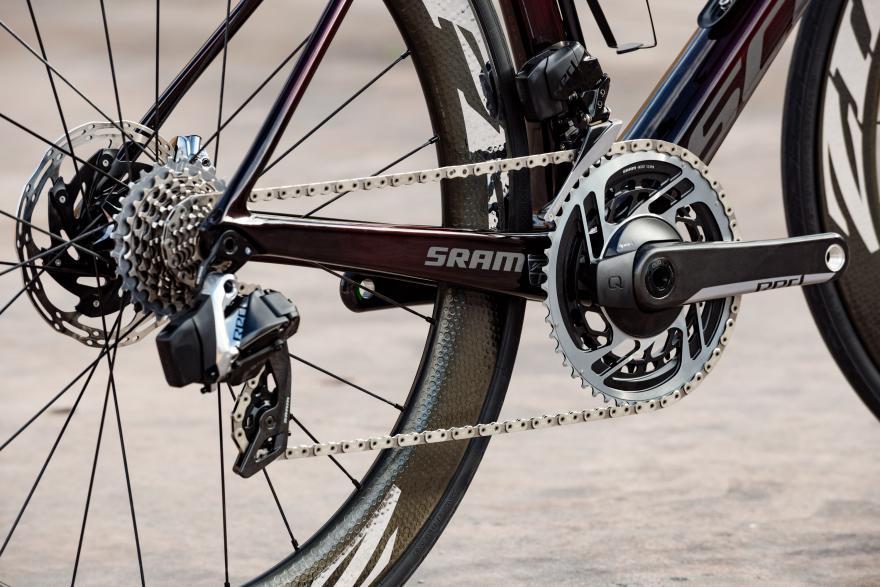
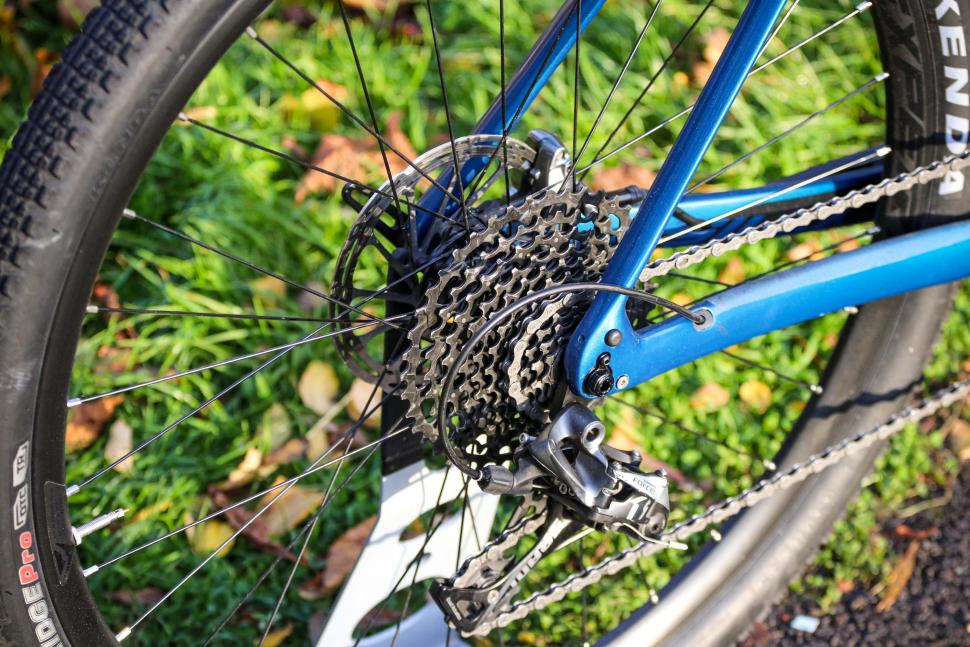
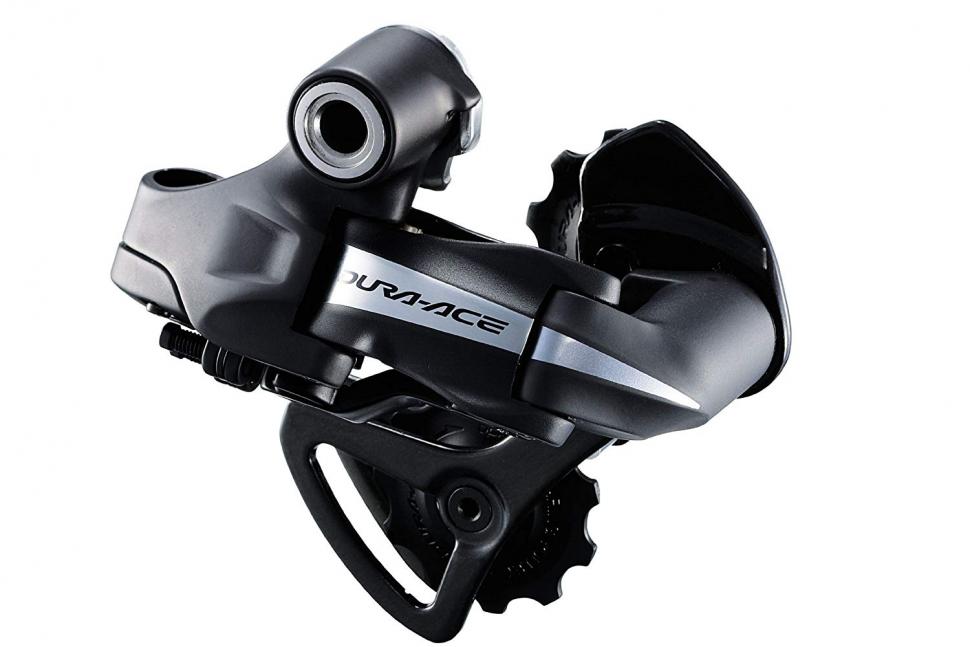

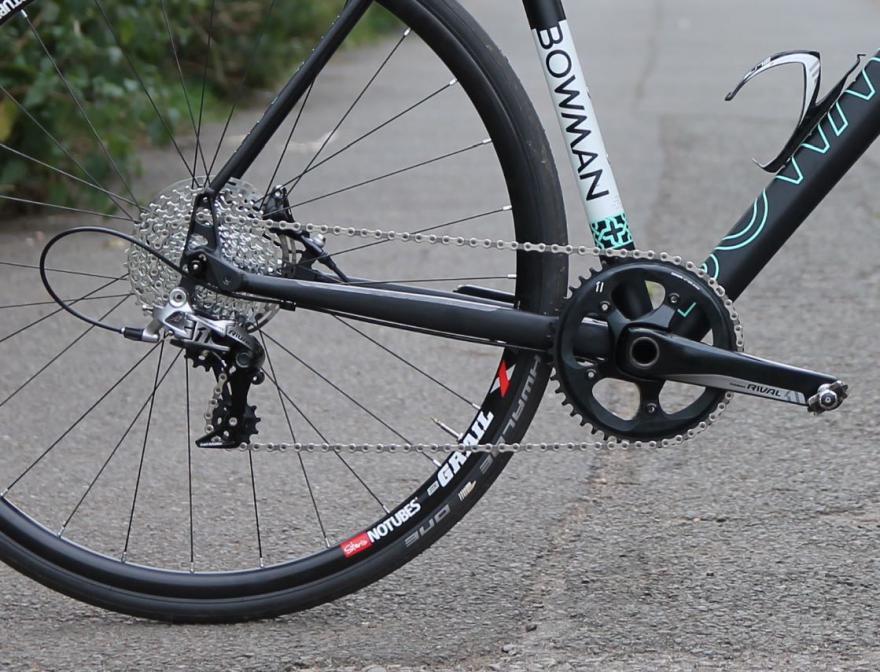

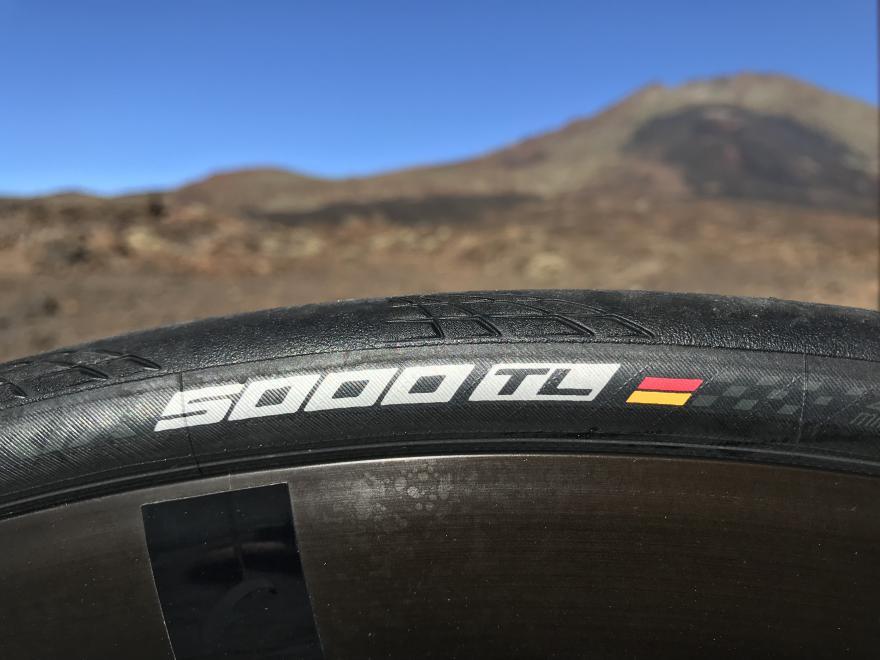



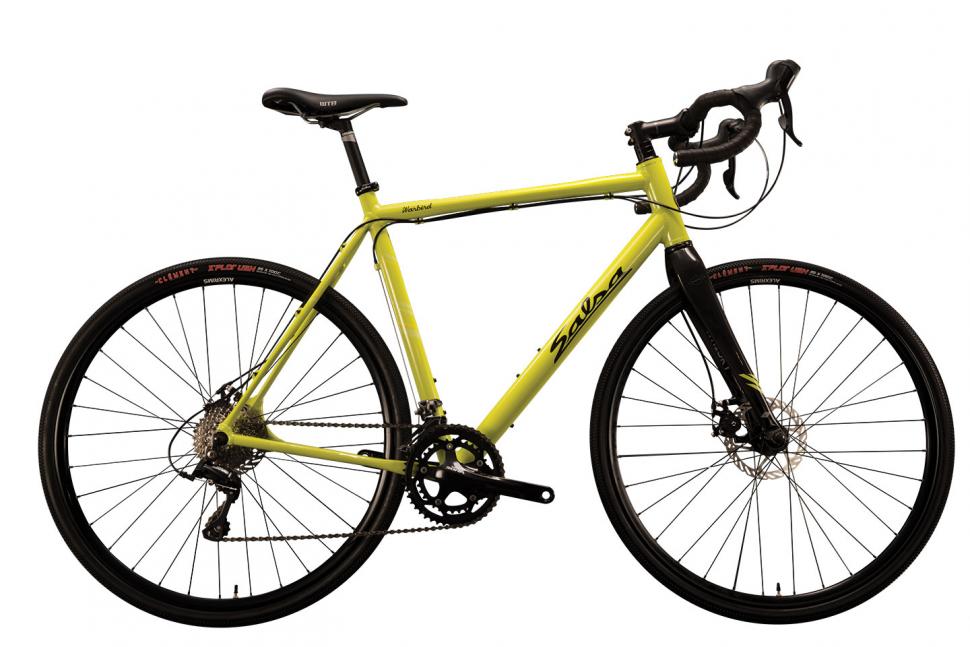

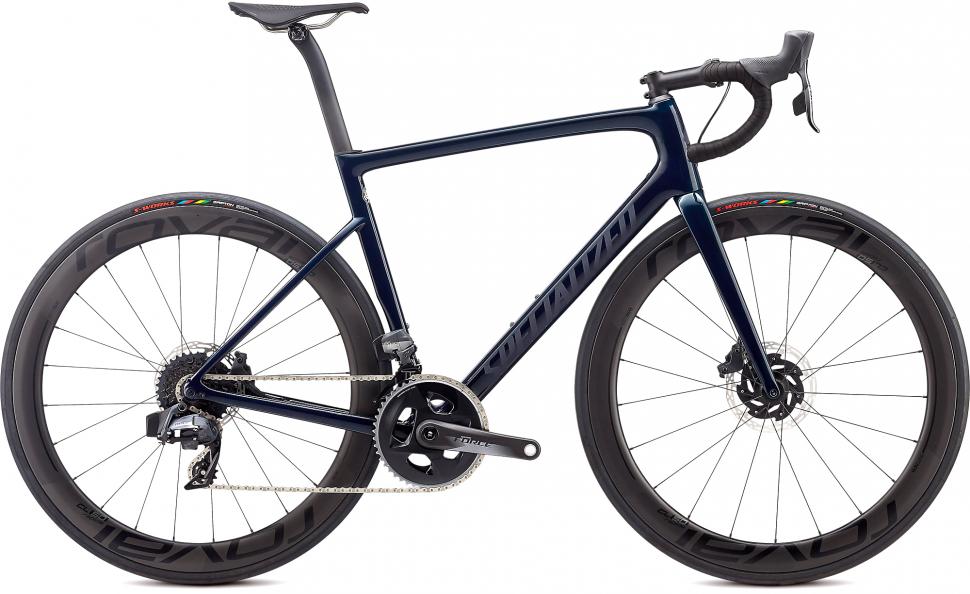

It took most of 2024 and part of 2025 for the gravel bike I ordered to arrive. Nothing seems to be in stock.
From the outside the US appears to be a Christian fundamentalist country, with the same prudish outlook as other religious fundamentalist countries.
Amen! But ... it seems these "disruptor" companies * have spent money saved by not having "employees" on lobbying and lawyers. And have sometimes...
You can't park there, mate!
It's bullshit, a token effort akin to sportswashing....
If you know anyone with Zwift or other indoor training programmes, they all have FTP tests on them so you wouldn't have to subject yourself to a...
Absolutely atrocious. I'm glad he's being charged.
Hi Surreyrider, ...
In the 60s, there was a pop record show which played new releases, and a famous Brummie girl judge used to give points out of 5: 'Oi'll give it...
Indeed, I spent a few moments frowning at that in perplexity. Clearly being too slammed is what's going to cause you discomfort, I can't imagine...